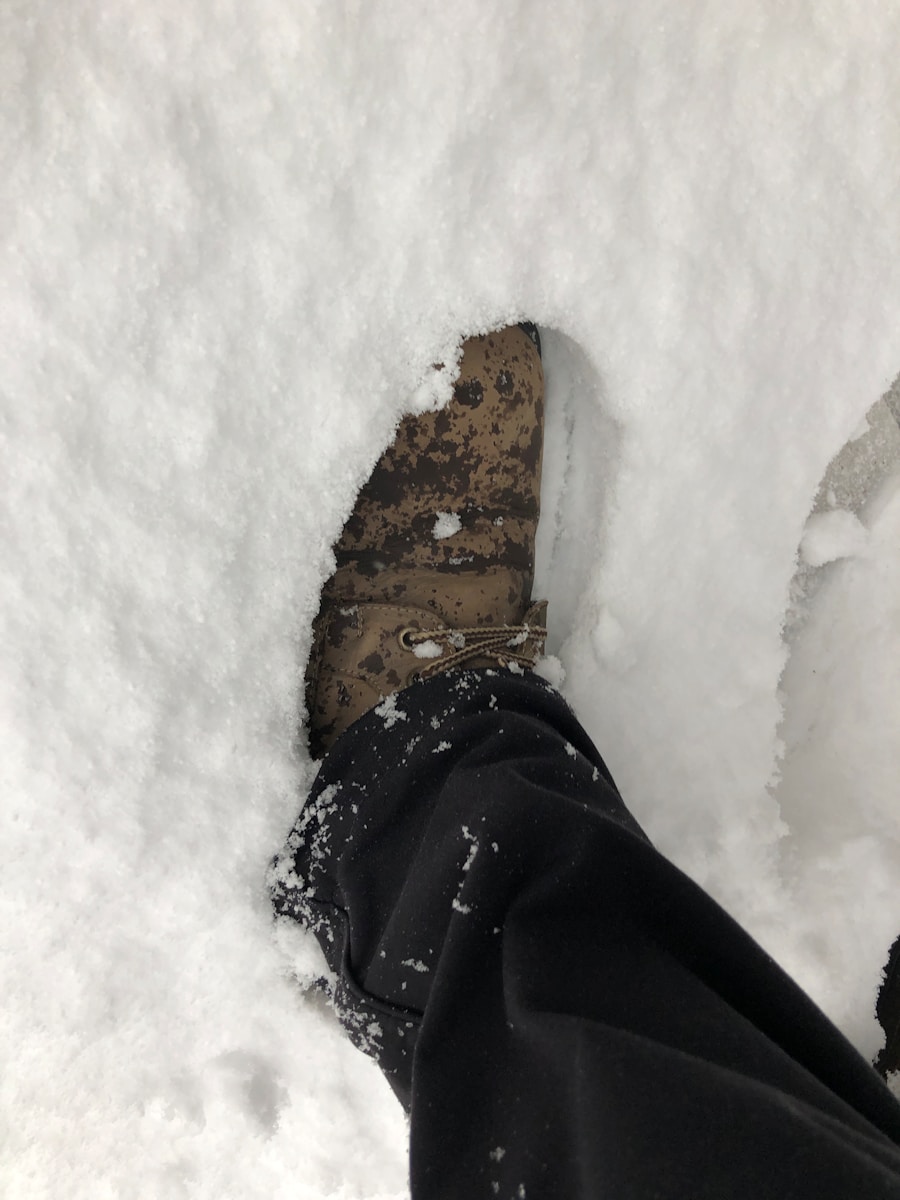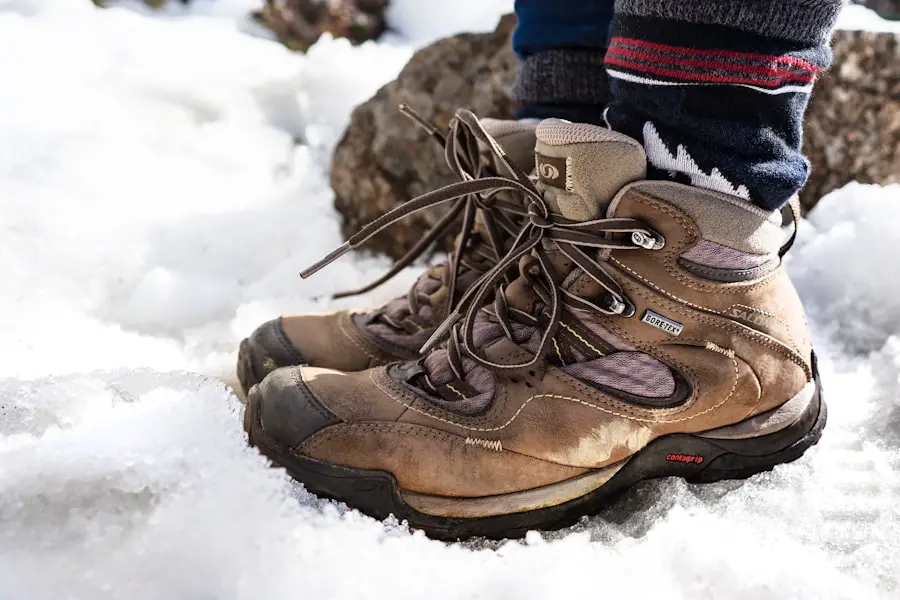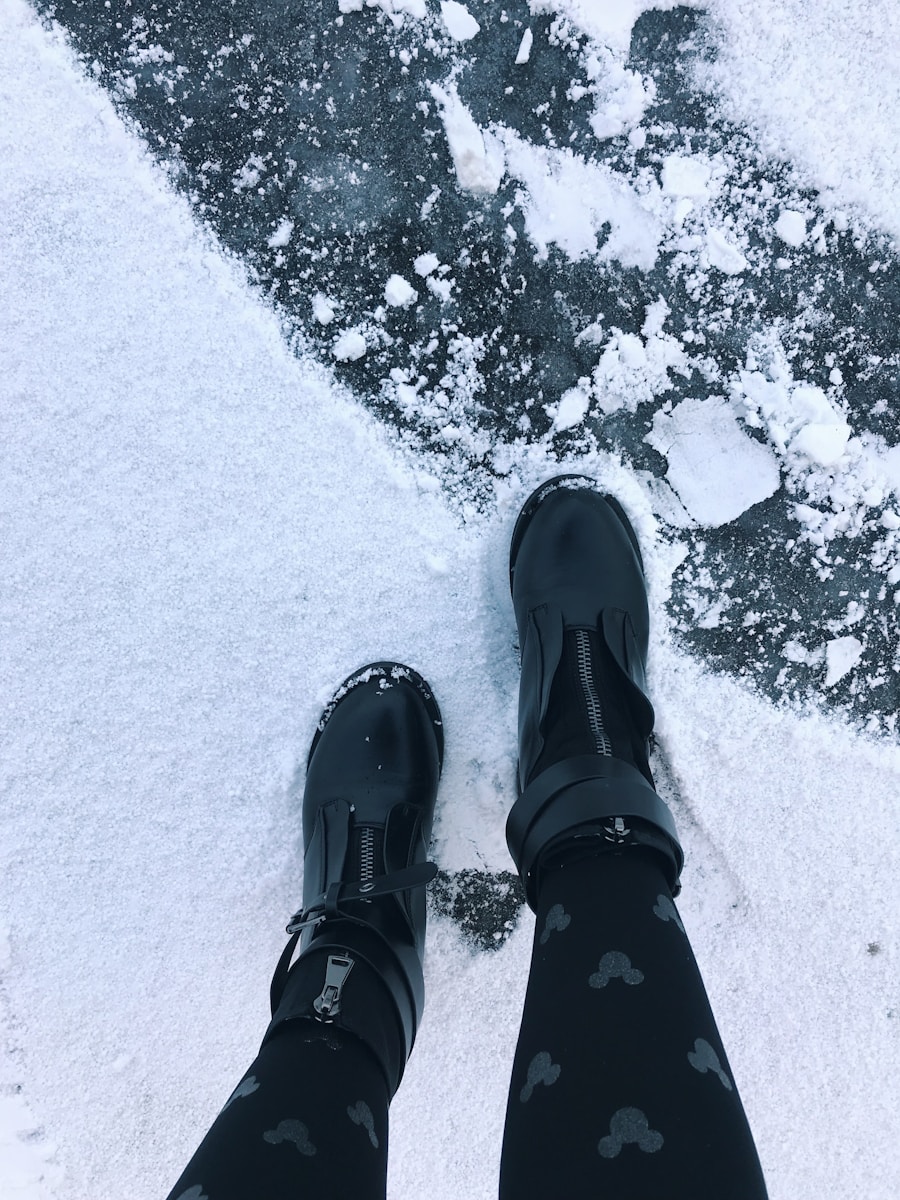Hiking boots are a fundamental piece of gear for outdoor enthusiasts, designed to provide comfort, support, and protection during treks across various terrains. However, when it comes to snowy conditions, the suitability of traditional hiking boots can be a topic of debate. Snow presents unique challenges that require specific features in footwear to ensure safety and performance.
As winter approaches, many hikers find themselves wondering whether their trusty hiking boots can withstand the rigors of snow-covered trails or if they should invest in specialized winter footwear. The relationship between hiking boots and snow is multifaceted. While some hiking boots are engineered to handle wet and cold conditions, not all are created equal.
The type of snow, temperature fluctuations, and the duration of exposure to cold can significantly impact the effectiveness of hiking boots in snowy environments. Understanding the essential features that make a boot suitable for snow is crucial for anyone looking to enjoy winter hiking safely and comfortably.
Key Takeaways
- Hiking boots are essential for navigating snowy terrain, providing insulation, traction, waterproofing, and ankle support.
- Insulation is crucial in hiking boots for snow, as it helps to keep feet warm and comfortable in cold conditions.
- Traction and grip are important features to look for in hiking boots for snow, as they help prevent slips and falls on icy or slippery surfaces.
- Waterproofing is a key factor in hiking boots for snow, as it helps to keep feet dry and protected from melting snow and slush.
- Ankle support is vital in snowy conditions to prevent injuries and provide stability on uneven and slippery terrain.
The Importance of Insulation
Insulation is one of the most critical factors to consider when selecting footwear for snowy conditions. In cold weather, maintaining warmth is essential to prevent frostbite and hypothermia. Insulated hiking boots typically feature materials such as Thinsulate or other synthetic fibers that trap heat while allowing moisture to escape.
This balance is vital because while warmth is necessary, excessive moisture can lead to chilling effects once the body starts to cool down. For instance, a boot with inadequate insulation may leave your feet feeling cold and uncomfortable after just a short period of exposure to snow. Conversely, a well-insulated boot can keep your feet warm even in frigid temperatures.
When choosing insulated hiking boots, it’s important to consider the temperature ratings provided by manufacturers.
These ratings indicate the lowest temperature at which the boot can maintain warmth effectively. A boot rated for extreme cold may be overkill for milder winter hikes, while one rated for moderate temperatures might not suffice in harsher conditions.Traction and Grip on Snow

Another critical aspect of hiking boots designed for snowy conditions is their traction and grip. Snow can create slippery surfaces that pose significant risks for falls and injuries. Therefore, the outsole of a hiking boot must be equipped with a tread pattern that enhances grip on snow and ice.
Many manufacturers utilize rubber compounds that remain flexible in cold temperatures, providing better traction than standard rubber soles. For example, Vibram outsoles are renowned for their durability and grip on various surfaces, including snow. The design of the lugs—those protruding parts of the sole—plays a significant role in how well a boot can grip slippery terrain.
Deeper lugs can dig into soft snow, while a flatter design may be more suitable for hard-packed or icy surfaces. Some boots even incorporate specialized technologies like multi-directional lugs or ice-specific traction systems that enhance grip on slick surfaces.
Waterproofing and Snow
| City | Annual Snowfall (inches) | Waterproofing Cost () |
|---|---|---|
| New York City | 25.1 | 5000 |
| Chicago | 36.7 | 4500 |
| Denver | 60.2 | 5500 |
| Toronto | 53.5 | 4800 |
Waterproofing is another essential feature when considering hiking boots for snowy conditions. Snow can quickly turn into slush or melt into water, leading to wet feet if the boots are not adequately waterproofed. Many hiking boots come with waterproof membranes such as Gore-Tex or proprietary waterproofing technologies that prevent moisture from entering while allowing sweat to escape.
This feature is particularly important during winter hikes where snow may accumulate around the ankles or where water may seep in from melting snow. However, it’s important to note that waterproofing does not mean breathability is sacrificed. A good winter hiking boot should strike a balance between keeping water out and allowing moisture from perspiration to escape.
If moisture builds up inside the boot due to lack of breathability, it can lead to cold feet, negating the benefits of waterproofing. Therefore, when selecting boots for snowy conditions, look for models that offer both waterproofing and breathability to ensure comfort throughout your hike.
Ankle Support in Snowy Conditions
Ankle support is another crucial consideration when hiking in snowy environments. The uneven terrain often found in winter landscapes can increase the risk of ankle injuries, especially when navigating through deep snow or over hidden obstacles like rocks or tree roots. Hiking boots with higher collars provide additional support around the ankle, helping to stabilize the foot and reduce the likelihood of sprains or twists.
Moreover, a well-structured boot with adequate ankle support can enhance overall comfort during long hikes in snow. When your ankles are properly supported, you can maintain better control over your movements, which is essential when traversing slippery or unstable surfaces. Some hikers may prefer mid-cut or high-cut designs for added support, while others might opt for low-cut models that offer more freedom of movement but less stability.
Ultimately, the choice depends on personal preference and the specific conditions expected during the hike.
Considerations for Different Types of Snow

Not all snow is created equal; it varies significantly based on temperature, moisture content, and how long it has been on the ground. For instance, fresh powder snow offers a different challenge compared to icy crusts or slushy conditions. When selecting hiking boots for snowy adventures, it’s essential to consider these variations.
In deep powder snow, wider soles with more surface area can help distribute weight and prevent sinking too deeply into the snow. Conversely, when dealing with icy conditions, boots with aggressive lugs and specialized traction systems become paramount to prevent slipping. Additionally, slushy conditions may require a combination of waterproofing and insulation since melting snow can lead to wet feet if not properly managed.
Understanding these nuances will help hikers choose the right footwear for their specific winter adventures.
Alternatives to Hiking Boots for Snow
While hiking boots are often the go-to choice for winter trekking, there are alternatives that may be more suitable depending on the conditions and activities planned. For example, snowshoes are an excellent option for traversing deep powder as they distribute weight over a larger area, preventing sinking into the snow. They can be worn over regular hiking boots or specialized winter footwear designed for added warmth and insulation.
Another alternative is winter-specific mountaineering boots designed for technical climbs in snowy or icy environments. These boots often feature rigid soles for compatibility with crampons and provide superior insulation and waterproofing capabilities. Additionally, insulated gaiters can be worn over regular hiking boots to provide extra protection against snow ingress while enhancing warmth.
Are Hiking Boots Suitable for Snow?
The suitability of hiking boots for snowy conditions ultimately depends on several factors including insulation, traction, waterproofing, ankle support, and the specific type of snow encountered during hikes. While many hiking boots are designed with features that can handle winter conditions effectively, not all models will perform equally well in deep snow or icy environments. For those who frequently venture into snowy landscapes, investing in specialized winter footwear may be worthwhile to ensure maximum comfort and safety.
However, with careful selection based on individual needs and conditions, many hikers can successfully use their existing hiking boots during winter excursions. Understanding the unique challenges posed by snow will empower outdoor enthusiasts to make informed decisions about their footwear choices in winter adventures.
If you are planning to hike in snowy conditions, you may be wondering if hiking boots are suitable for the task. According to a helpful article on TakeTravelInfo, hiking boots can indeed be used in snow, but it is important to ensure they are waterproof and have good traction. Additionally, wearing gaiters can help keep snow out of your boots and provide extra protection. So before hitting the snowy trails, make sure your hiking boots are up to the task.
FAQs
Can hiking boots be used in snow?
Yes, hiking boots can be used in snow, but it depends on the type of hiking boots and the conditions of the snow.
What type of hiking boots are suitable for snow?
Hiking boots with insulation, waterproofing, and good traction are suitable for snow. Look for boots with features like Thinsulate insulation and Gore-Tex waterproofing.
Can regular hiking boots be used in snow?
Regular hiking boots without insulation and waterproofing may not be suitable for deep snow or wet conditions. It’s best to use boots specifically designed for snow or winter hiking.
How can I make my hiking boots more suitable for snow?
You can make your hiking boots more suitable for snow by adding insulated and waterproof liners, wearing gaiters to keep snow out, and using traction devices like crampons or microspikes.
What are the dangers of using hiking boots in snow?
Using hiking boots in snow without proper insulation and waterproofing can lead to cold and wet feet, increasing the risk of frostbite and hypothermia. Additionally, inadequate traction can lead to slips and falls.
